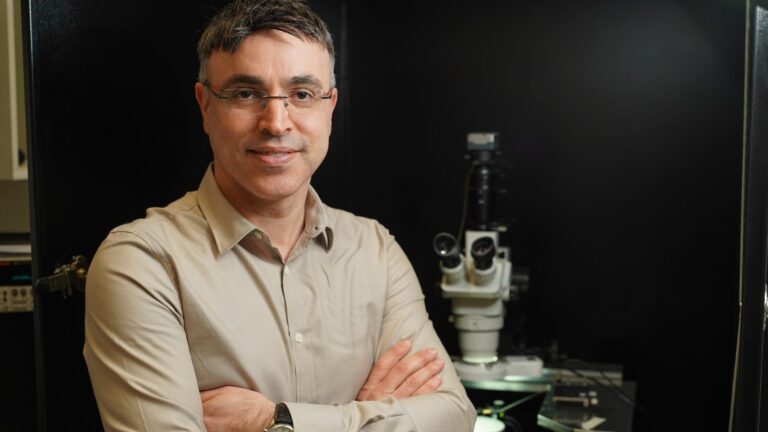 „WIELKA INSPIRACJA Z PLACU TŁOMACKIE. WARSZAWA – ONI – BEER SZEWA” – OBEJRZYJ FILM
„WIELKA INSPIRACJA Z PLACU TŁOMACKIE. WARSZAWA – ONI – BEER SZEWA” – OBEJRZYJ FILM
Zespół Edukacji ŻIH
Jakie było dziedzictwo warszawskiej Wielkiej Synagogi? Przedstawiamy zapis projektu edukacyjnego ŻIH – film „Wielka inspiracja z Placu Tłomackie. Warszawa – Oni – Beer Szewa”.
 kadr z filmu
kadr z filmu
Film „Wielka inspiracja z Placu Tłomackie. Warszawa – Oni – Beer Szewa” jest efektem projektu „Synagoga w Oni (Gruzja) – ślady polskiego i gruzińskiego dziedzictwa w Izraelu” realizowanego przez Żydowski Instytut Historyczny wraz z partnerami w 2019 r. Realizując projekt, chcieliśmy przekonać się, ile prawdy jest w legendzie o rabinie z miasteczka Oni, który zainspirował się Wielką Synagogą na Tłomackiem w Warszawie i na jej wzór zapragnął wybudować podobną synagogę wysoko w gruzińskich górach. Po rozpadzie Związku Radzieckiego większość Żydów z Gruzji, w tym mieszkańców Oni, wyjechała do Izraela, przede wszystkim do miasta Beer Szewa. W ramach projektu podążyliśmy ich śladami, a o tym, czego udało nam się dowiedzieć i co jeszcze jest do odkrycia, opowiadamy w niniejszym filmie.
Organizator projektu: Żydowski Instytut Historyczny im. Emanuela Ringelbluma
Partnerzy projektu: Uniwersytet Kardynała Stefana Wyszyńskiego w Warszawie, University of Gerogia w Tbilisi, Uniwersytet Ben Guriona w Beer Szewie, Instytut Polski w Tbilisi, Instytut Polski w Tel Awiwie, Fundacja Polskiej Sztuki Nowoczesnej w Warszawie.
Projekt „Synagoga w Oni (Gruzja) – ślady polskiego i gruzińskiego dziedzictwa w Izraelu” dofinansowano ze środków Ministra Kultury i Dziedzictwa Narodowego w ramach Programu „Kultura Inspirująca”.
Film „Wielka inspiracja z Placu Tłomackie. Warszawa – Oni – Beer Szewa”
Realizacja – Jacek Papis
Zdjęcia – Jan Klima
Muzyka – Ola Bilińska
Montaż – Jakub Przybylski
 Film jest realizowany ze środków Ministra Kultury i Dziedzictwa Narodowego w ramach obchodów 80. rocznicy zamknięcia getta warszawskiego.
Film jest realizowany ze środków Ministra Kultury i Dziedzictwa Narodowego w ramach obchodów 80. rocznicy zamknięcia getta warszawskiego.
Zawartość publikowanych artykułów i materiałów nie reprezentuje poglądów ani opinii Reunion’68,
ani też webmastera Blogu Reunion’68, chyba ze jest to wyraźnie zaznaczone.
Twoje uwagi, linki, własne artykuły lub wiadomości prześlij na adres:
webmaster@reunion68.com



